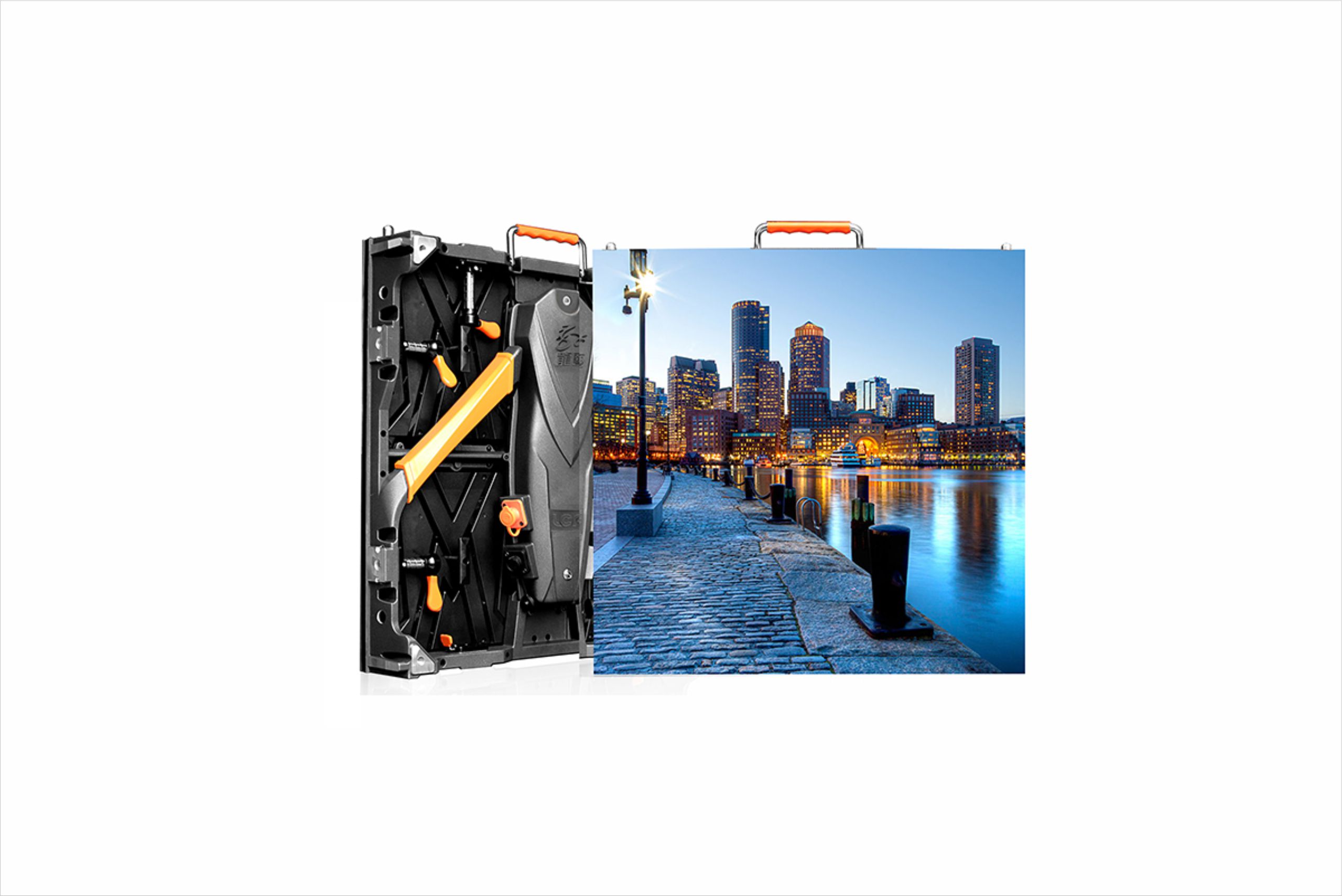Publisher: Supplier of LED Display Time: 2020-08-28 Views: 4568

First. The structure of the rental LED display: the rental LED display consists of the screen body (most of the rental specifications are currently 0.5 meters * 0.5 meters * thickness of about 8 cm), the back frame (steel and iron frames are about 0.7 meters wide * more than 1 meter in height).
Second. Why should the load-bearing base and counterweight be set separately? It is not safe for the LED display to rely on its own structure alone, and the base or counterweight must be configured separately.
1. If the indoor height is within 4 meters, build an aluminum alloy stage base separately (the stage used in hotels and other venues may not have a load-bearing capacity that exceeds a certain weight), use the binding strap to pull the stage base foot, and place it on the back frame at the same time. counterweight.
2. If the indoor height is more than 4 meters, use the aluminum alloy stage base and the back frame to place the counterweight, and at the same time, it is necessary to add a mesh frame (Reya frame) to bear the weight.
3. In principle, if the outdoor space is more than 3 meters, it needs to be equipped with a separate grid (Rea rack), because there is uncertain weather outside (strong wind, etc.), and a more stable load-bearing structure is required to ensure foolproofness.
Why should the load-bearing base and counterweight be set up separately for LED display construction? The purpose is for safety, safety is life, and safety is productivity.